What is it about the assembly and composition of certain designs that intrigue and attract us? Peculiar materials, atypical geometries or confounding tactility? The fusion of all of these factors and a break from archetypal models may contribute to their charm and charisma. Whenever a designer decides to create everyday items with a stylistically different approach, it grabs eyeballs and brings up the question of its necessity. Beijing based Cometabolism Studio regularly adopts this path as part of their practice, which lies at the intersection of art and design. Helmed by product designer Zhang Ning and artist Yang Yafei, the studio functions with the motto of deconstructing examples of industrial design and re-instituting their metabolites into forms whose functions are blurred and confounding. "We come from two different disciplinary backgrounds, and hope to reach a state that is neither art nor design. The most interesting part of this is the uncertain, complex, and fuzzy state," share the designers of Cometabolism Studio in an exclusive interview with STIR. Their latest project Mixed Public-Private Boundary continues the exploration of this concept with a series of furniture design installations.
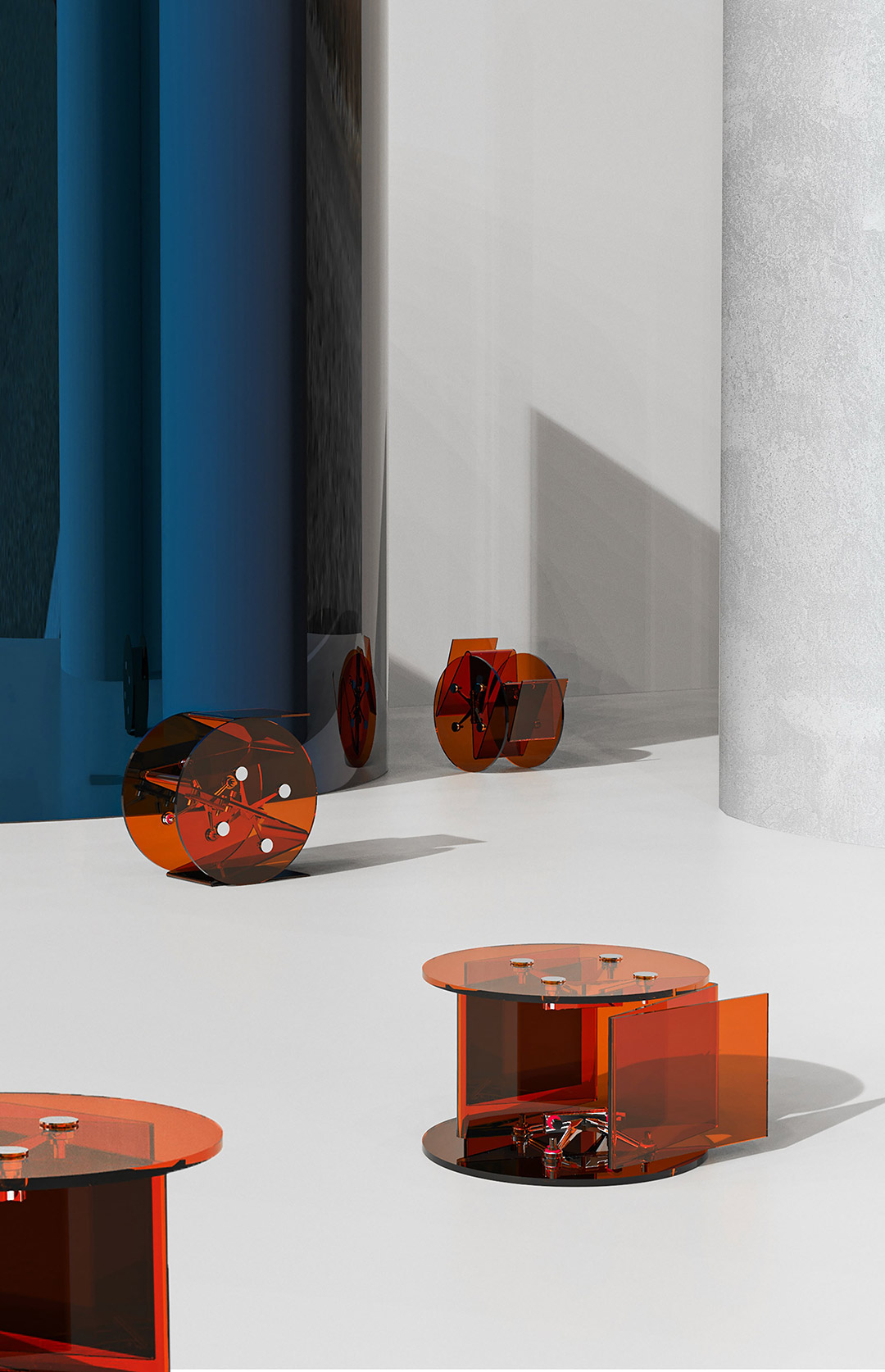
Cometabolism Studio, based in Beijing, China, works across the disciplines of furniture design and interactive new media art and regularly creates both physical and video installations. The name of the studio hints at the methodology adopted by them to manufacture their products. "The origin of our studio name is a biological term. Co metabolism refers to the decomposition of something difficult to decompose by microorganisms. This process is closer to the process of exploring the so-called boundary between design and art," echo the designers. By upcycling industrial materials that are hard to break down, Yafei and Ning lease new life to parts that would have otherwise ended up in landfills.
In all their creations, there is an underlying attempt to configure spaces and objects according to the most extant and urgent needs. With their most recent project, the studio investigates the boundary that separates the public space from the private one, and hence the name of the furniture collection. Each piece filters into one of the categories of homeware design. However, the fortifications that encapsulate each chair, table, lamp and cabinet resemble the partitioned spaces in offices or open plan public spaces. When one views the ‘Mixed public-private boundary’ collection, one can immediately imagine it sitting in an avant-garde indoor setting. Nevertheless, their materiality and forms compel one to place them in the public arena, as well. This puzzling effect is, however, not by chance. The designers created each object with the intention of welcoming them into new sceneries. Their unusual geometries blur their functional possibilities and help bring together opposites: the public and the private, the streets and the indoors.
The ‘Mixed public-private boundary’, washed in saturated tones of blue and orange, much like warnings and reminders affixed on streets and public places, attract attention and urge the passers-by to glance at them and notice their existence. Following this, the items, arranged in zany compositions, pose challenges waiting to be unveiled and interpreted by the viewer. Since they break the conventions that define traditional furniture design, they also offer a chance to explore the unique artistic possibilities that new compositions offer. Sculpted using acrylic sheets and stainless steel, the final versions of the pieces were made using the industrial manufacturing technique of laser cutting. The studio plans on continuing this project through the exploration of the relationship between daily objects and their functions with a few digitally generated works as well as creations that help explore culture and linguistics. "The "Mixed public-private boundary" collection is all symmetrical and can be rotated at different angles. Whether the work is furniture or sculpture depends on the user and the context," the designers assert.
One other project that the studio is also currently working on is the Nomad Project. The Nomad bookshelf, part of this collection, can be adapted to fit any kind of contemporary space. Designed as a flexible system, it can fit in tiny spaces and store books and other ancillary items easily. The Chinese designers, who focus on designing objects without a preconceived function, derive a lot of their ideas from the photographs of objects and people clicked by them around the city. In these photographs, the designer and artist duo attempt to capture the real behaviour of people with other people, objects, spaces and their own state. In the end, one may surmise, the practice of the studio is an extended investigation into human behaviour and perceptions, all through various layers of product design.






 Sign in with email
Sign in with email


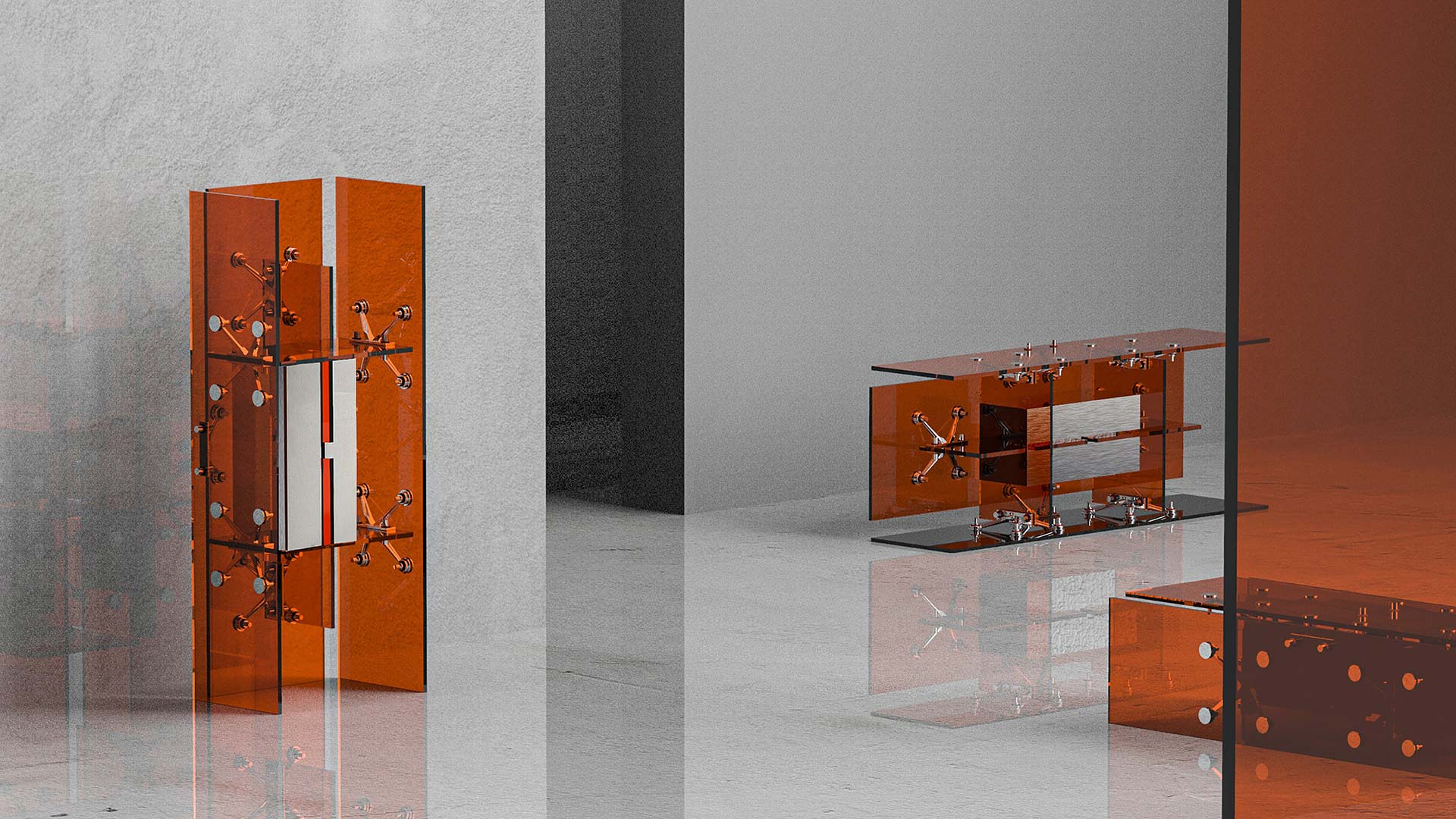
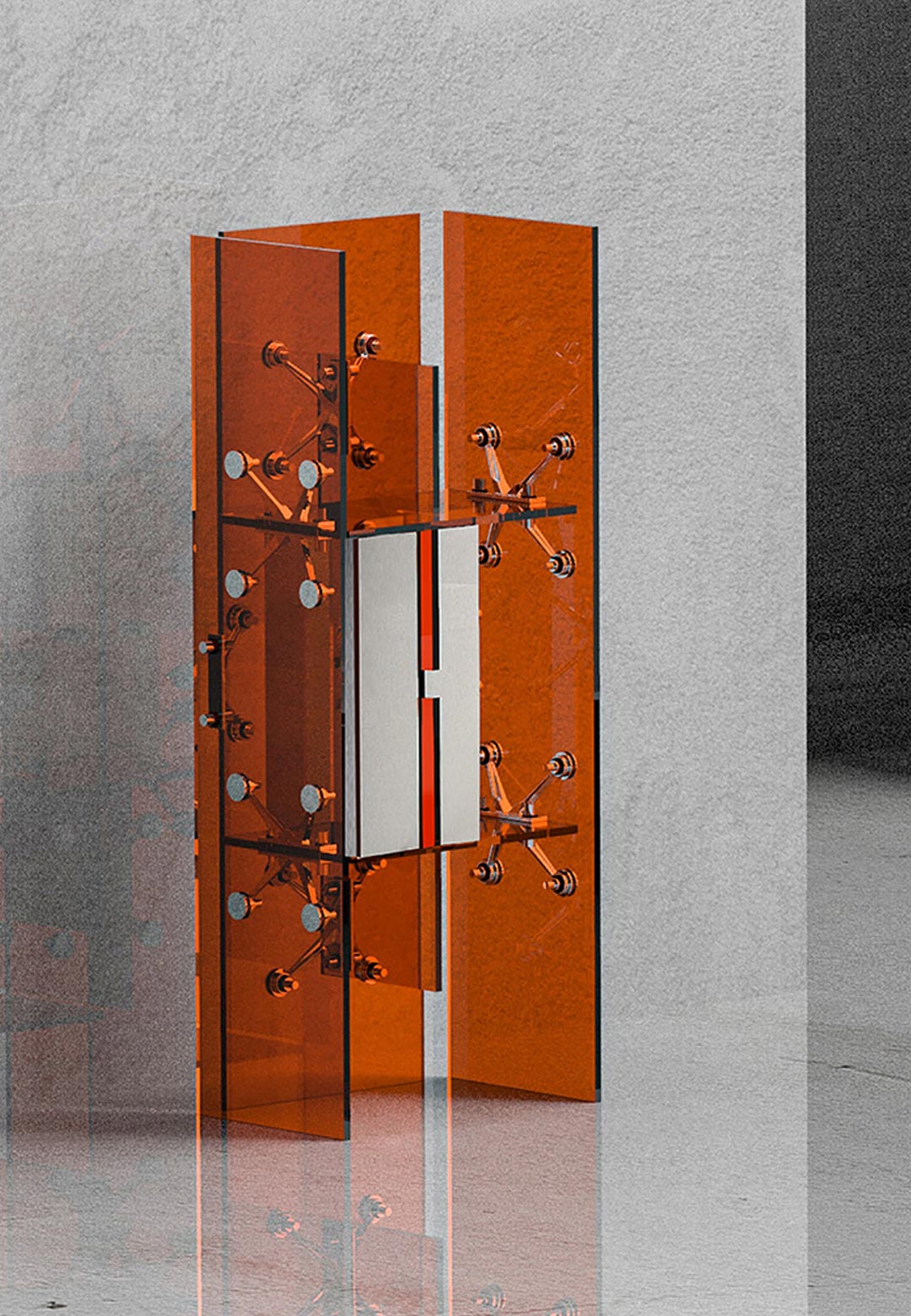
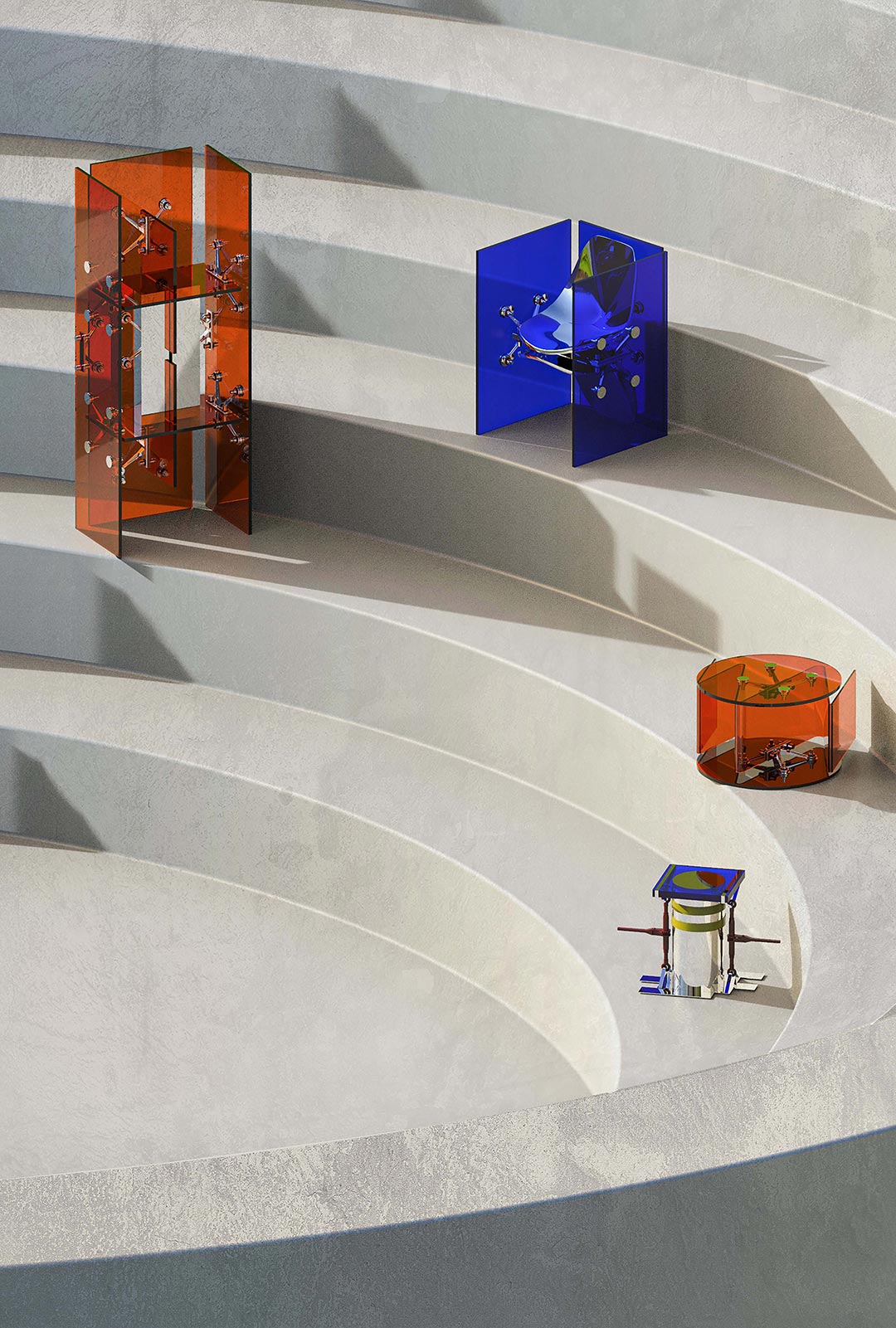
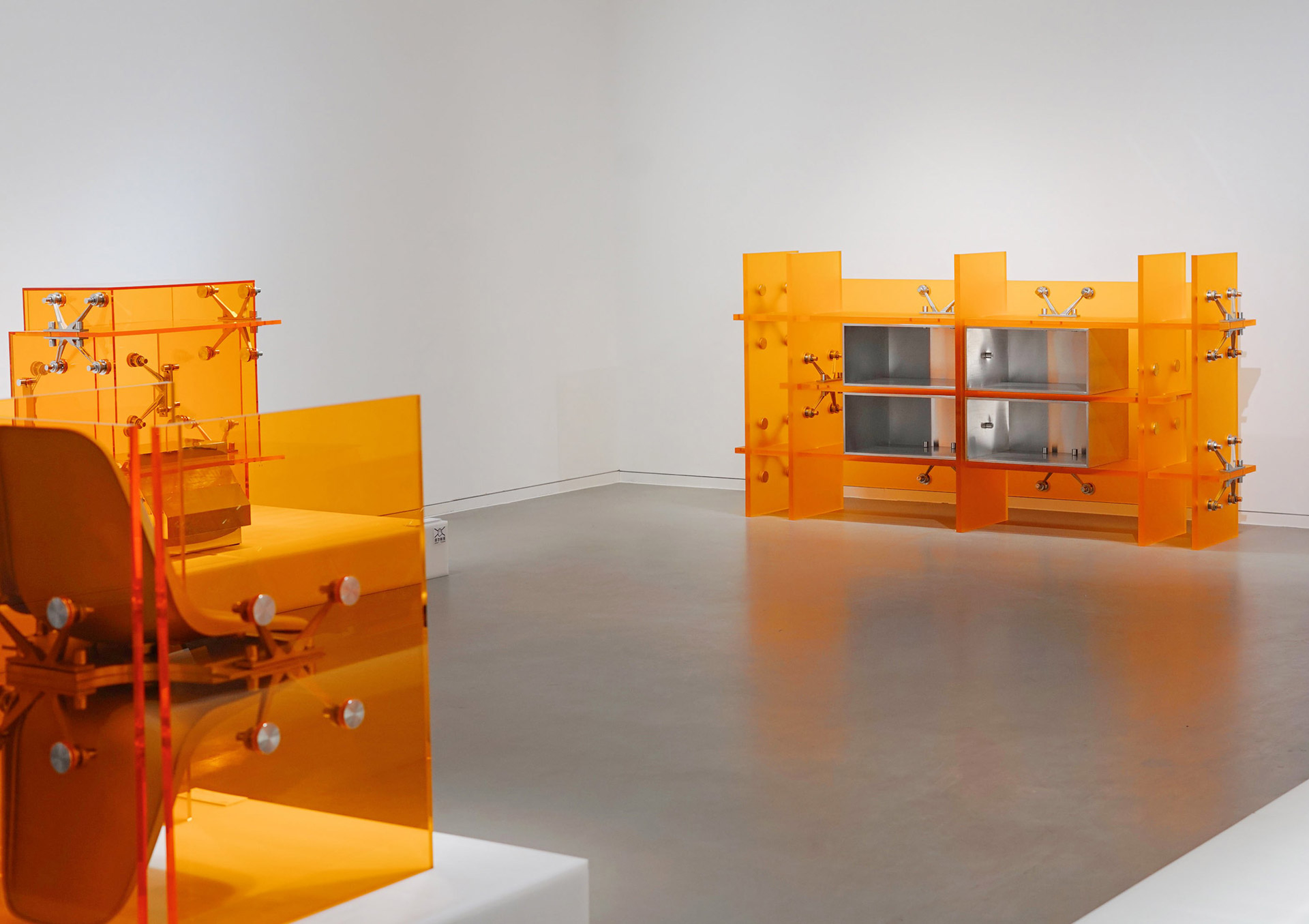
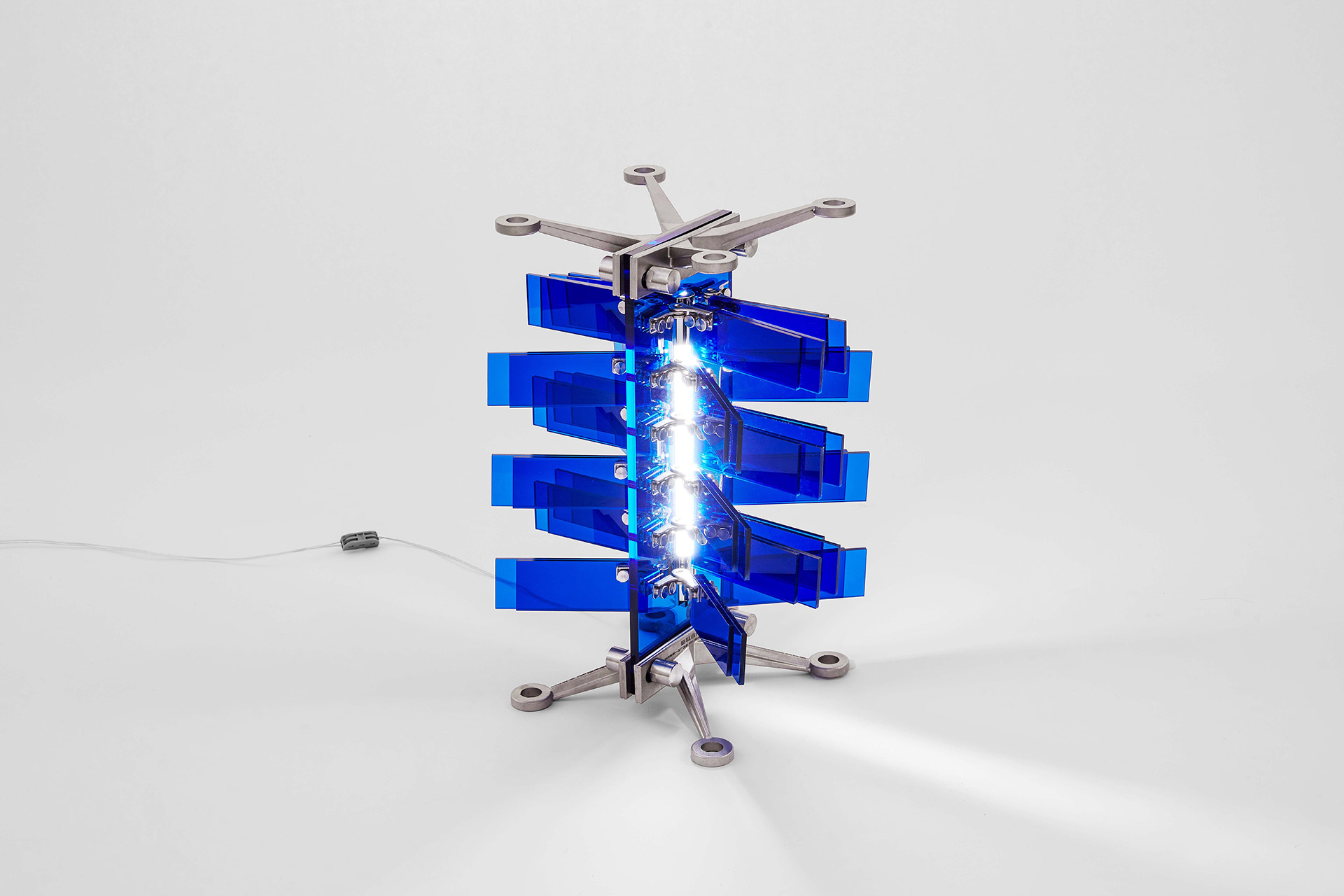
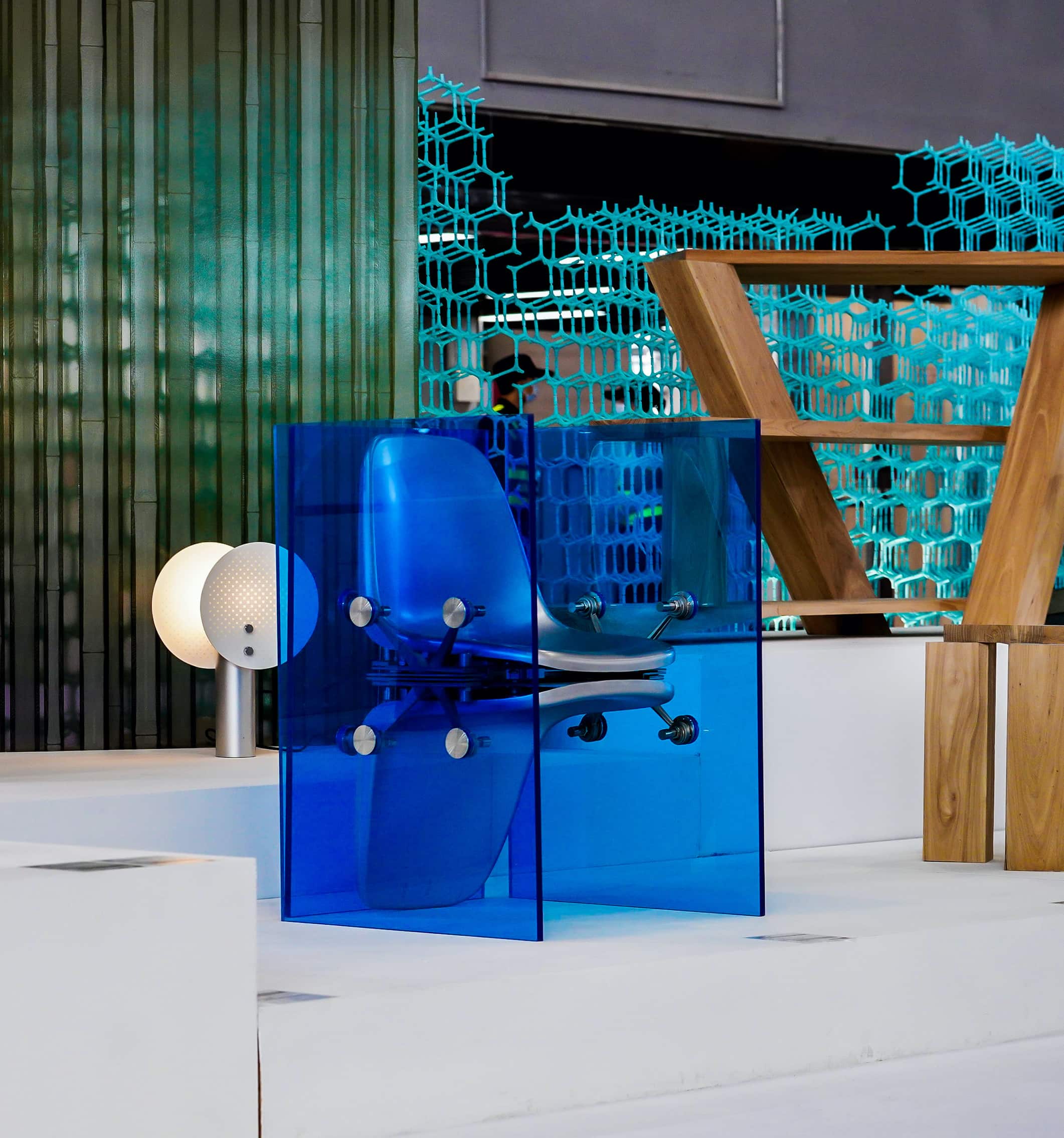






What do you think?